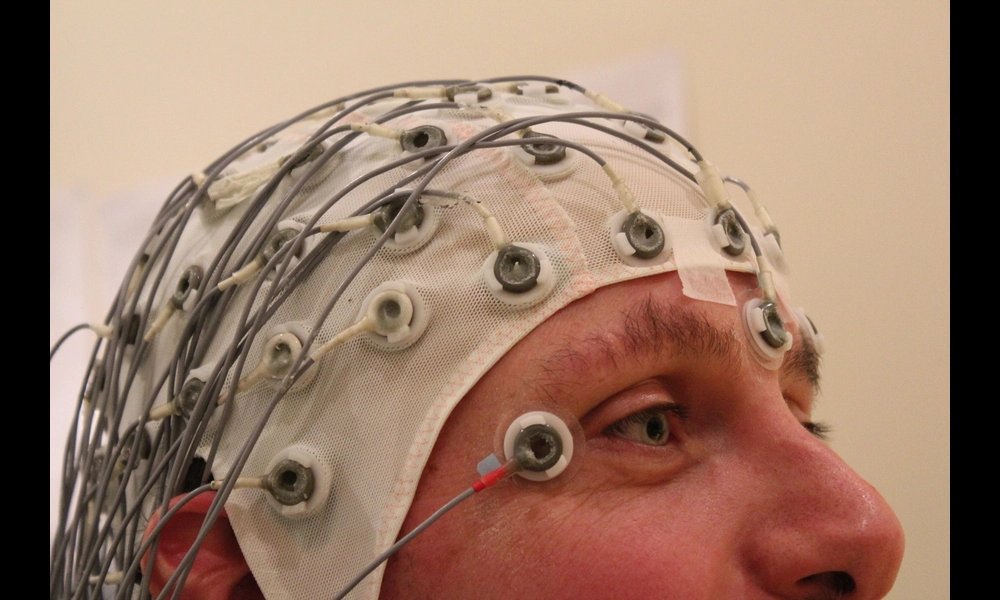Detecting Depression With Deep Learning and Brain Scans
Published on Tue Jul 04 2023 "Volunteer Duty" Psychology Testing | Tim Sheerman-Chase on Flickr
"Volunteer Duty" Psychology Testing | Tim Sheerman-Chase on Flickr
New research has found promising results in using deep learning models to identify biomarkers in children and adolescents diagnosed with major depressive disorder (MDD). The study, titled "Resting-state EEG Classification of Children and Adolescents Diagnosed with Major Depression Disorder Using Convolutional Neural Network," employed a convolutional neural network (CNN) to analyze electroencephalography (EEG) data. The aim was to detect patterns in brain activity that could distinguish MDD cases from healthy individuals of the same age.
The findings revealed that individuals with MDD showed lower delta and higher theta and alpha activity compared to their healthy counterparts. However, the researchers did not find evidence to support beta and gamma as biomarkers for MDD. In terms of spatial distribution, delta frequency bands appeared in various regions including the left temporal, occipital, and bilateral frontal and central areas. Theta frequency bands were found in the left temporal and frontal, left occipital, and central regions. Alpha frequency bands were observed in the left frontal, central, left occipital, and left temporal regions.
Major depressive disorder affects a significant number of people worldwide, contributing to disability and suicide rates. Currently, the diagnosis of MDD relies mainly on psychiatric evaluations and psychological assessments. Identifying biomarkers associated with MDD can greatly aid in the diagnosis and treatment of this condition. The study's findings have the potential to enhance existing diagnostic methods and provide medical specialists with additional tools to improve patient outcomes.
While the results are promising, the authors emphasize the need for further research to better understand the clinical significance of the differences observed in delta, theta, and alpha activity. They also suggest exploring other frequency bands to determine their involvement in MDD among children and adolescents. By delving deeper into these biomarkers, future studies can contribute to advancing the knowledge and diagnostic approaches related to MDD, ultimately leading to more effective treatment options and improved mental health outcomes.



